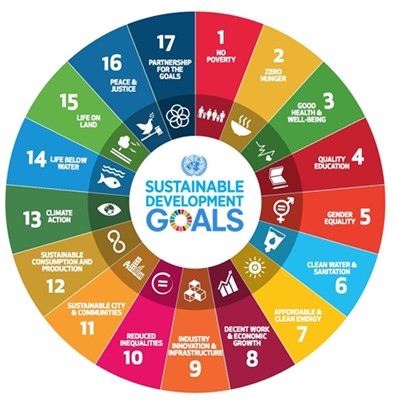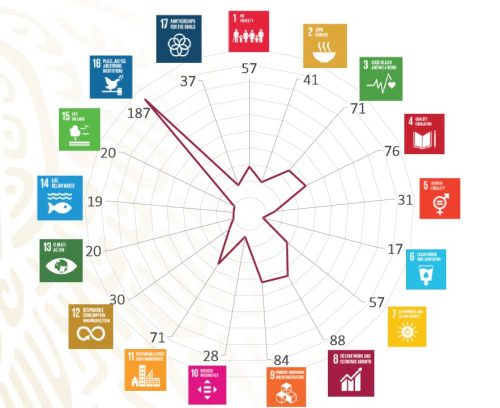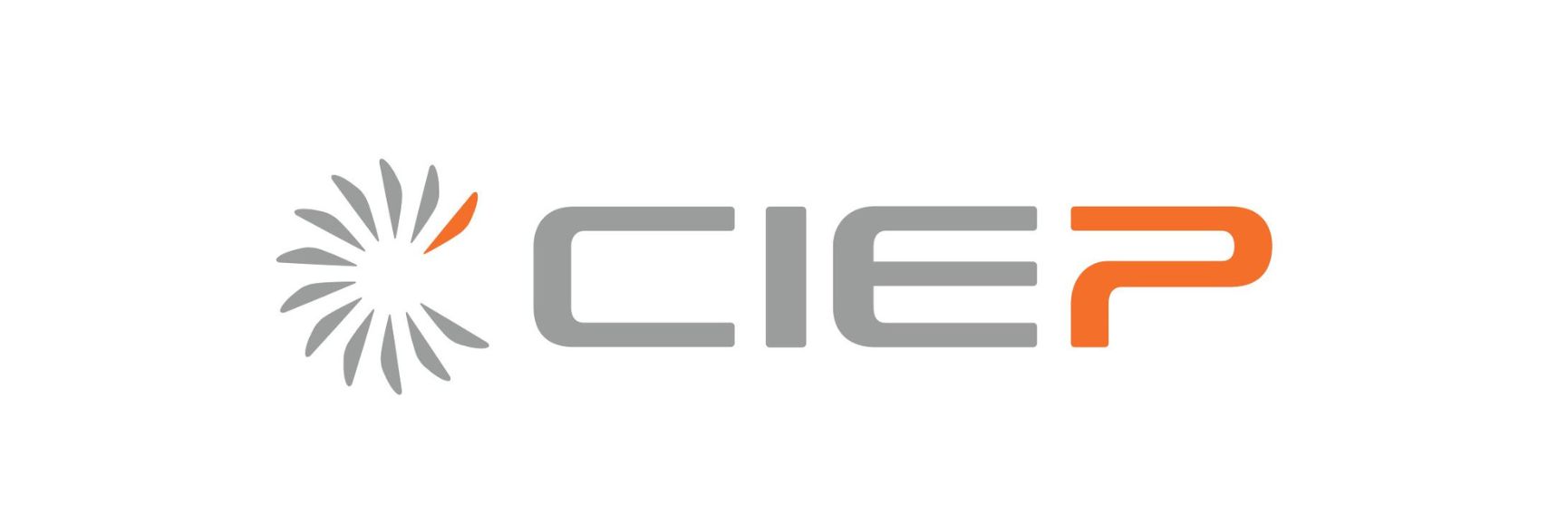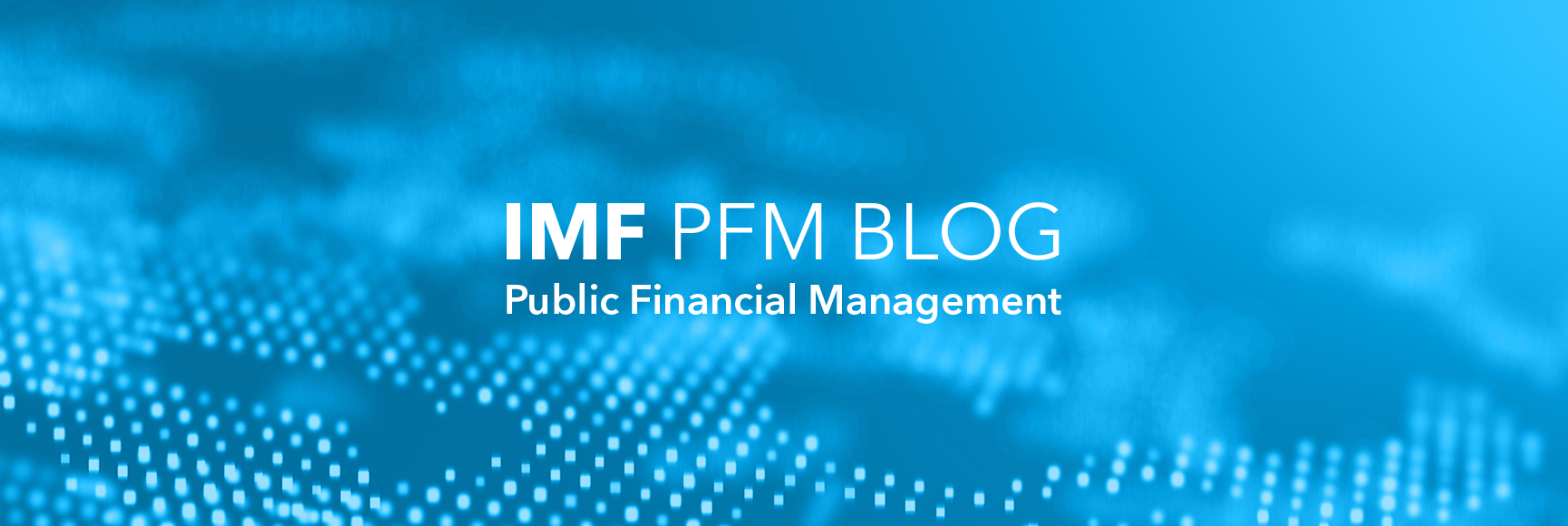
Posted by Scherie Nicol and Natalia Salazar[1]
From the challenges of climate change to addressing social inequalities and improving the well-being of societies, governments are seeking ways to focus action in pursuit of these larger goals. Momentum has gathered in recent years toward a set of budgeting approaches focussed on the delivery of high level and cross-cutting priorities such as gender budgeting, green budgeting and “well-being” budgeting. Governments hope that these approaches can bring about a step change in the way these priorities are resourced, and better results achieved. SDG budgeting similarly attempts to link resource allocations to high-level goals, overcome siloes and ensure policy coherence across government.
The OECD defines SDG budgeting as “The systematic application of analytical tools and processes, as a routine part of the budget process, to highlight how budget policy progresses the SDGs and to help further inform, prioritise and resource SDG-responsive policies”.[2]
Yet SDG budgeting remains an emerging practice in OECD and developing economies. A review of practices in some countries shows great diversity in methods and methodology. The approach followed depends on factors such as the country’s progress towards delivering the SDGs, priorities, and strategies for national development, particularities of PFM and budgeting systems, and the degree of decentralization.
Some countries have adopted a holistic approach, linking their budgets to the 17 SDGs, while others have preferred a gradual process, prioritizing only a few SDGs. Some countries concentrate on budget planning and formulation, others on budget execution, and yet others on the whole budget cycle. Some countries have focused on central government budgets, while others are working to include state-owned enterprises, sub-national governments, and social security entities.
Experience across OECD countries
Where SDG budgeting has been introduced, countries most commonly “tag” budget items and performance targets to relevant SDGs. This helps improve the transparency of how different SDGs are prioritised in the budget. Colombia is an example of a country that implements a holistic approach in which the national development plan and public investment projects are aligned to all 17 SDGs. In Mexico, SDG tagging highlights that almost a third of budget programs are linked to SDG 16 (Peace, Justice and Strong Institutions), reflecting the government’s focus on good governance and fighting corruption (see chart below).
Mexico: The number of budget programmes linked to each SDG
There is limited evidence, however, that information gathered from tagging is systematically used in budget decision-making or oversight. Finland has tried to address this challenge by gathering information on how taxes, subsidies and other expenditures impact SDGs related to the environment in order to guide budgetary decisions.
France is using information from budget tagging to support its targeted economic recovery from the COVID crisis. Following the country’s participation in the OECD’s Paris Collaborative on Green Budgeting, data from green budget tagging were used in determining the composition of France’s September 2020 recovery plan. The plan is compatible with the government’s objective of having 30% of the budget allocated explicitly to green measures.
Experience across non-OECD developing countries
For this group of countries, methodological diversity has also been the rule. For example, Mongolia has prioritized SDG 3 (health). Kenya launched the B4Agenda focusing on SDGs 2 (hunger), 3 (health), 8 (economic growth and employment), and 11 (resilient and inclusive cities). Pakistan has focused initially on seven SDGs, and its plans also involve sub-national governments. Ghana is focusing on the execution of the budget.
Enablers for SDG budgeting
Although the rationale and approach to SDG budgeting varies across OECD and developing countries, there are common enabling factors. These include
- political commitment to the 2030 Agenda;
- strong leadership from the ministry of finance, economy or planning;
- the existence of a robust planning process with interconnections to the budget;
- a sound PFM system;
- the establishment of coordination mechanisms between the different levels of government; and
- the availability and publication of relevant data to measure progress.
SDG budgeting and recovery from the COVID-19 crisis
Following France’s experience, other countries are considering the use of budget tagging to identify recovery measures that contribute to specific high-level priorities, such as SDGs. Similarly, countries can use SDG tagging to screen budget requests based on their contribution to the SDGs, identifying areas where potential synergies among players from across the government could be enhanced. Thus, SDG budgeting might hopefully evolve from a purely presentational exercise to an approach in which policies and programmes that support the achievement of SDGs are prioritised and resourced.
[1] Scherie Nicol works for the OECD and Natalia Salazar for the IMF’s Fiscal Affairs Department.
[2] OECD (forthcoming), SDG Budgeting Case Studies and an Emerging Framework for Implementation.
Note: The posts on the IMF PFM Blog should not be reported as representing the views of the IMF. The views expressed are those of the authors and do not necessarily represent those of the IMF or IMF policy.





